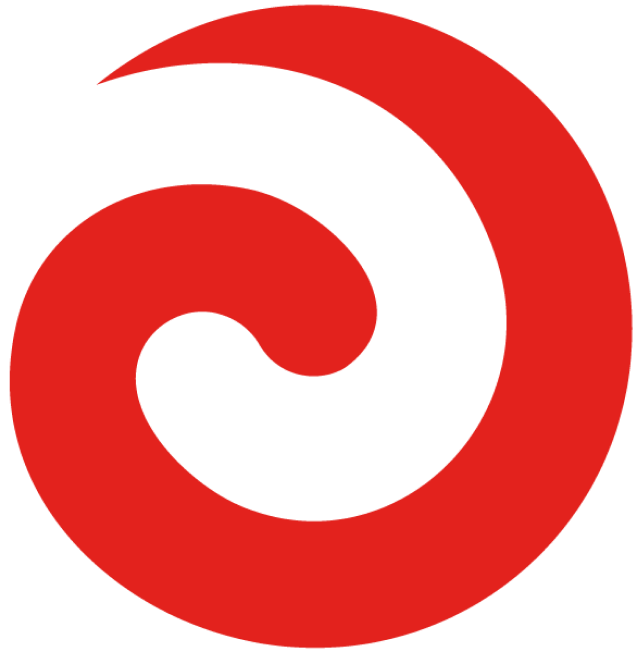The final stage of the traditional flensing process for the three beached sperm whales in Pouto-Northland was to render their blubber into oil.
Spermaceti, a waxy substance found in the head of sperm whales, is also rendered down into oil and is classed as a high-grade oil or "liquid gold" as some describe it due to its multi-purpose use in ointments, cosmetic creams, fine wax candles and, within Te Ao Māori, it has traditional healing properties and one expert tohunga says can help combat Kauri Dieback.
Flensing expert Hori Parata and his crew from Ngāti Wai were alerted to the stranding of the three sperm whales that beached on Ripiro Beach on the Pouto Penisula, 55km south of Dargaville on Tuesday evening by Te Uri o Hau. The flensing operation for the sperm whales begun on Thursday and was carried throughout the weekend.
The three sperm whales were given names by the mana whenua Te Uri o Hau, making it easier to trace back where the jawbones and blubber were extracted and other bones and parts of the whales came from.
The three sperm whales have been named Tureirei, Moana Ariki, and Manaaki.
The process
Before the voluntary group is ready to begin the flensing process, white overalls boots and gloves are required for all volunteers, due to the high risk of biohazards coming from the whale. So correct PPE gear is needed for the job.
There are three main jobs for flensing whales: A cutter (whose job is to make the cut and butcher the blubber, meat, and bones of the whale); a puller (whose job is to help the cutter by pulling the blubber and meat to the side) and a medic (whose job is to be on standby and offer assistance to both the cutter and puller where need be, wiping their faces, keeping them hydrated, and assisting with cuts and wounds.
The volunteers are split up into those three teams and away they go. The blubber is taken off and cut into cubes, making it easier to process in the rendering process. The jawbone is cut off and separated into two pieces Te Kauae Runga (upper jaw) Te Kauae Raro (lower jaw). Both the blubber and jawbones are left out to dry in the sun.
It took three days to complete the flensing process of the sperm whales before they began the rendering process. For Blake Te Kata who takes charge of the rendering process, he says the joy is teaching and sharing this knowledge with others. "We have a wānanga with the mana whenua about rendering and getting them in it as well. so that the whānau can have the capacity to render oil by themselves."
For the three sperm whales in Pouto, it was expected that it would take a further three days to complete the rendering of the blubber into oil. "With the blubber that you see behind us, because it is a slow process to render the oil and turn it into good oil, we would probably finish maybe 40-50 pieces cleaned and trimmed and ready to render into oil," Te Kata says.
Many uses
Within te ao Māori the spermaceti is of high value due to its medical properties and recent research conducted by tohunga Tohe Ashby that spermaceti helps combat Kauri Dieback.
"We use the blubber oil for our carvings to preserve our wood, for our ivory for our niho, the teeth for the carvings, It's also used for luminance and you can make candles - it's a good preserving oil. For spermaceti, which is a high-grade oil, the medicinal properties are that it rejuvenates your skin for humans and it can be a rongoa for our rākau kauri," Te Kata says.
Blake says he found his calling two years ago when 13 sperm whales beached in Taranaki where he is from. "I moved back to Taranaki in 2018, and I had a visit from a good koko of mine, Sid Ngātai, and an uncle, Jeff Taha, and we had a kōrero about 'we have a whānau coming down from Ngāpuhi to help and teach us about our 13 sperm whales.' So that's where it all started for me when I helped with those sperm whales and I rendered all that blubber oil. I found my niche or my why to carry on."
The bones and oil of the sperm whales will be gifted back to Te Uri o Hau, the mana whenua of the area.

